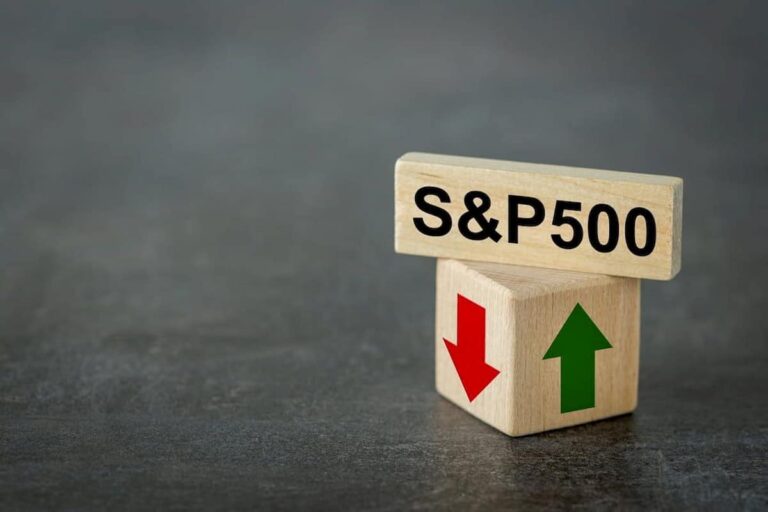Following July’s stock market rally, which saw the S&P 500 hit new highs, corporate insiders ramped up share sales at a notable pace.
Specifically, only 151 S&P 500 companies saw insider stock purchases during the month, marking the lowest number since at least 2018, according to data from Bloomberg shared by The Kobeissi Letter on August 6.
Despite the strong market momentum, insiders who are often viewed as well-informed showed a clear reluctance to buy shares in their own companies.
Although insider selling eased slightly compared to June, buying declined more sharply, pushing the buy-to-sell ratio down to just 0.26. That’s the lowest since July 2024 and the second-lowest in four years, well below the long-term average of 0.45.
A low ratio like this suggests heavy selling relative to buying. While insiders may sell for personal reasons, a widespread drop in purchases often signals weak confidence in near-term stock performance.
Receive Signals on SEC-verified Insider Stock Trades
This signal is triggered upon the reporting of the trade to the Securities and Exchange Commission (SEC).
Impact of corporate selling
In this context, despite July’s equity gains, many insiders chose to lock in profits rather than ride the rally, hinting at skepticism about future market strength amid potential headwinds like high interest rates, geopolitical tensions, and earnings pressure.
Insider buying is typically seen as a bullish signal, while heavy selling during a rally can indicate concerns about overvaluation.
Notably, in July, the S&P 500 surged to a new high of nearly 6,400 before pulling back in August as investors reacted to disappointing economic data and growing uncertainty surrounding trade tariffs, raising fresh concerns about a potential recession.
As reported by Finbold, the selling trend affected major S&P 500 firms. Executives at Nvidia and Palantir offloaded over $1 billion each, mostly via 10b5-1 plans, likely for profit-taking and diversification.
In contrast, UnitedHealth insiders have been actively buying following a sharp stock drop, signaling an effort to restore investor confidence.
Featured image via Shutterstock









